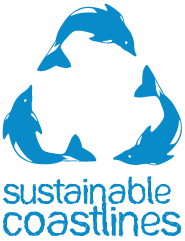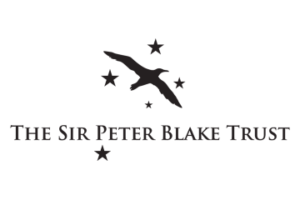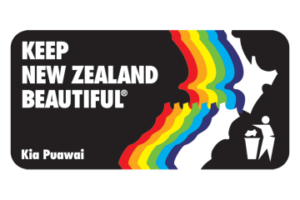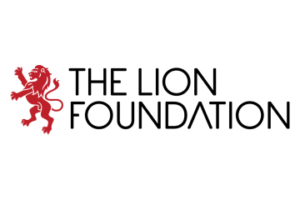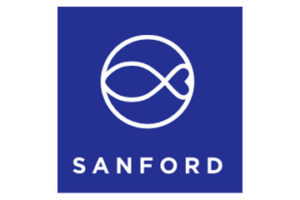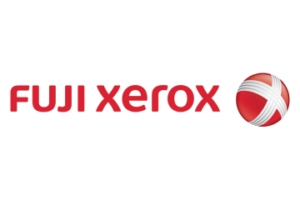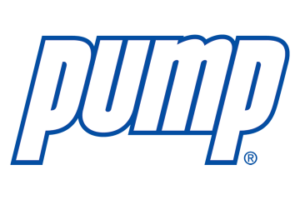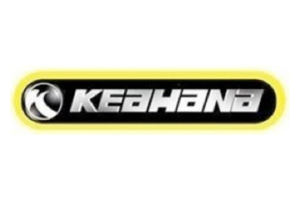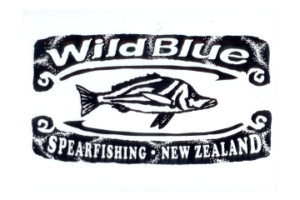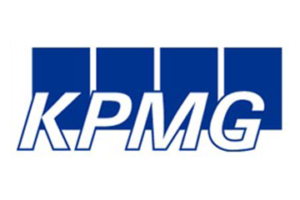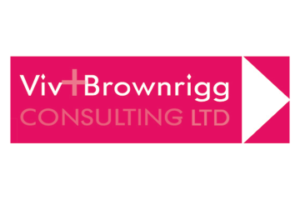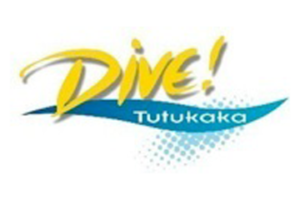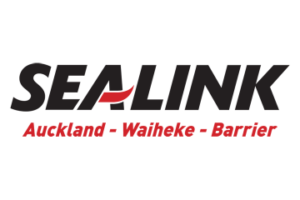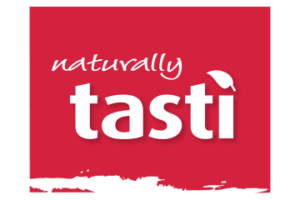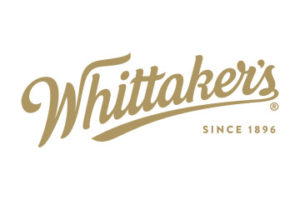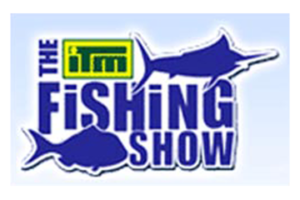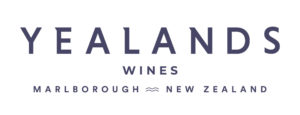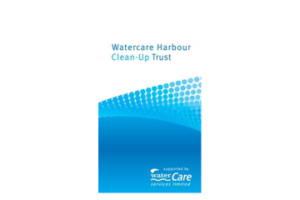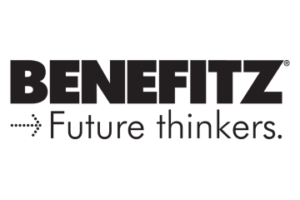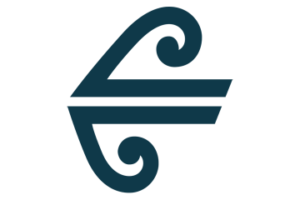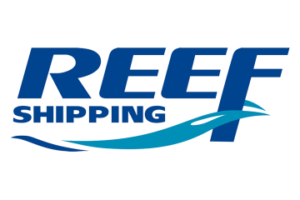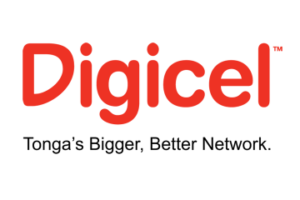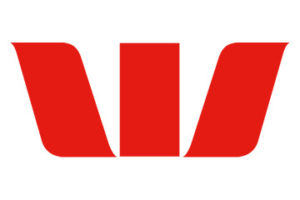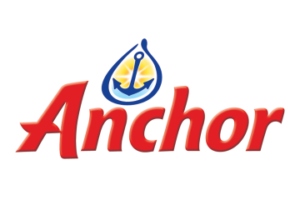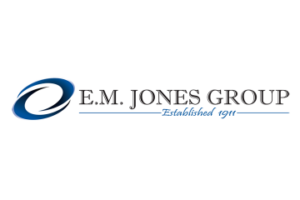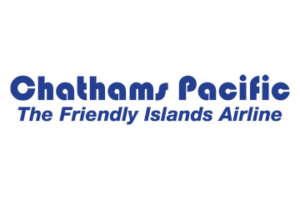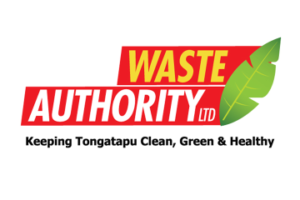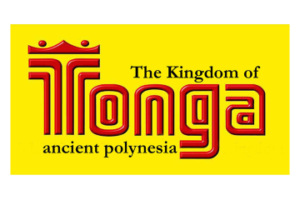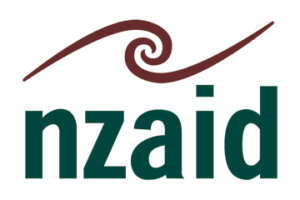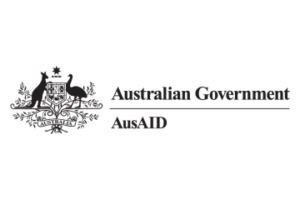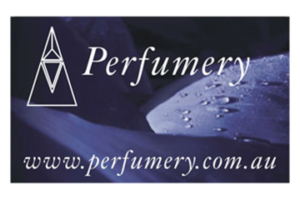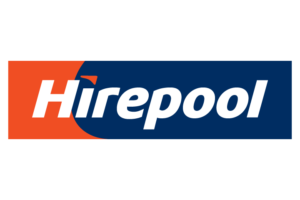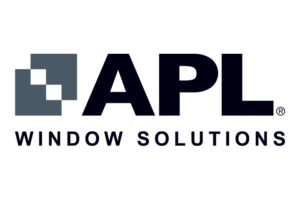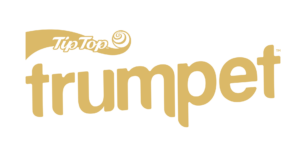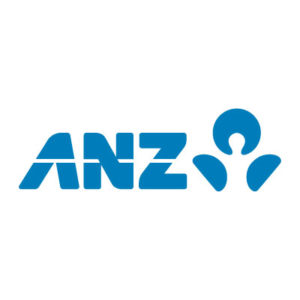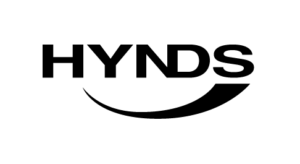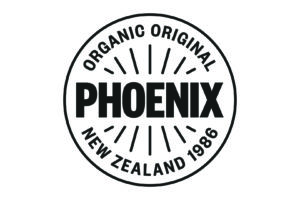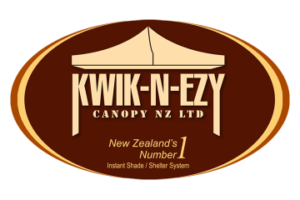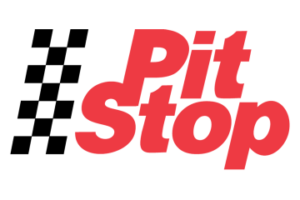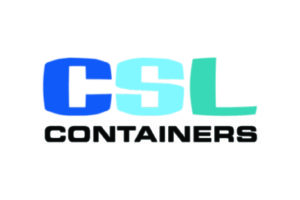Clean-up volunteers removed 2.8 tonnes of rubbish from the isolated Aotea/Great Barrier Island beaches.
We were overwhelmed with the success of our massive coastal clean-up event on Aotea/Great Barrier Island. Hundreds of volunteers tackled the rugged coastlines on foot, from boats and in kayaks to remove over 2.8 tonnes of rubbish from the remote island – a true show of their passion to keep New Zealand beautiful.
On Friday the 3rd, around 230 children, parents and teachers from low-decile schools, along with hoards of young locals, cleaned the beaches of Tryphena Harbour. This was made possible by the Lion Foundation.
Then on Saturday, a second ferry-load of volunteers from Auckland teamed-up with the crew of the Spirit of New Zealand, members of the Navy, fishermen and masses of locals to continue the large-scale clean-up. This trip was made possible by sponsorship from Sanford Sustainable Seafoods and Pump water.
Event Director Sam Judd first saw the rubbish problem on Great Barrier while working as a commercial free-diver. After running a similarly successful event in Ecuador’s Galapagos Islands, he and several other volunteers – collectively known as Sustainable Coastlines – organised this massive event, all in the space of six weeks, from the offices of the Keep New Zealand Beautiful Society. Great Barrier Island was chosen as a perfect example of a pristine location that needs to be preserved for their inaugural NZ event.
After only two days, enough rubbish was collected from the island to fill the baggage hold of the 250-seat ferry: around 30,000 litres in the hold and more stacked on top.
Early on in the planning of the event it was decided that all rubbish collected was to be ferried back to Auckland, to ensure that locals weren’t left to deal with the aftermath and to allow VISY recycling to conduct a comprehensive audit of the items collected.
Experts from the Waitemata Harbour Clean-up Trust estimate that 85-90% of the waste that ends up on Great Barrier Island’s beaches comes off the streets of Auckland, down through the stormwater systems, and is blown across Hauraki Gulf by the prevailing south-westerly winds. Fittingly, the tonnes of waste that were removed from the beaches of the island have now been returned to whence they came.
And it doesn’t end there. There is a core crew going back out to work with locals and hit the areas that the event couldn’t finish. They will bring it back to Auckland city, where on arrival they are holding a huge fundraising party. Further projects are already in the pipeline, with The Ha’apai Islands of Tonga this spring and Gisborne after New Years Eve.
For more information, images, photos and footage (we have stacks to share from the event) or to offer your support, please contact us at [email protected]
Thanks to all of our sponsors for their support. Without your help what we achieved wouldn’t have been possible.
